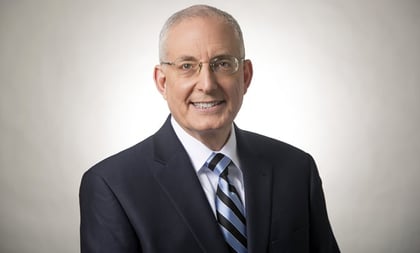A new study by the Investment Company Institute shows U.S. households’ missed opportunity in maximizing IRA contributions, according to IRA expert Ed Slott, an area where advisors can provide “significant value.”
Advisors, Slott said, can educate clients and show them “where the gaps are,” Slott told ThinkAdvisor in an email message.
ICI’s recently released report, “The Role of IRAs in US Households’ Saving for Retirement, 2020,” found that only 12% of US households contributed to traditional or Roth IRAs in tax year 2019, and very few eligible households made catch-up contributions to traditional IRAs or Roth IRAs.
Thirty-five percent of households owning traditional or Roth IRAs in mid-2020 made contributions in tax year 2019, the ICI report found.
Advisors, Slott said, “can play a key role in helping clients (especially those closer to retirement who need the biggest boost) increase their retirement savings through IRA contributions. The study shows that most people are not contributing all they can.”
Said Slott: “That does not bode well. That said, the study did point out that 80% of those with IRAs also had an employer-sponsored retirement plan, so maybe that was the primary vehicle for retirement contributions.”
But many people, Slott continued, “are confused by the eligibility rules for contributing to an IRA or Roth IRA. That may be the reason that IRA contributions are not being made even for those who are eligible.”
Advisors have an opportunity to “better educate clients who are leaving lots of money on the table that could otherwise be growing tax-favored for retirement. That’s good both for advisors and consumers,” Slott said.
Some “disconnect” in maximizing IRA contributions, Slott said, could be because “many people think that if they participate in a 401(k) or other company plan, then they cannot contribute to an IRA or Roth IRA. Not true.”
He explained: “Participation in a company retirement plan can result in not being able to deduct a contribution to a traditional IRA (based on income), but it does not preclude contributing to a nondeductible traditional IRA or Roth IRA.”









 January 14, 2021 at 01:44 PM
January 14, 2021 at 01:44 PM










